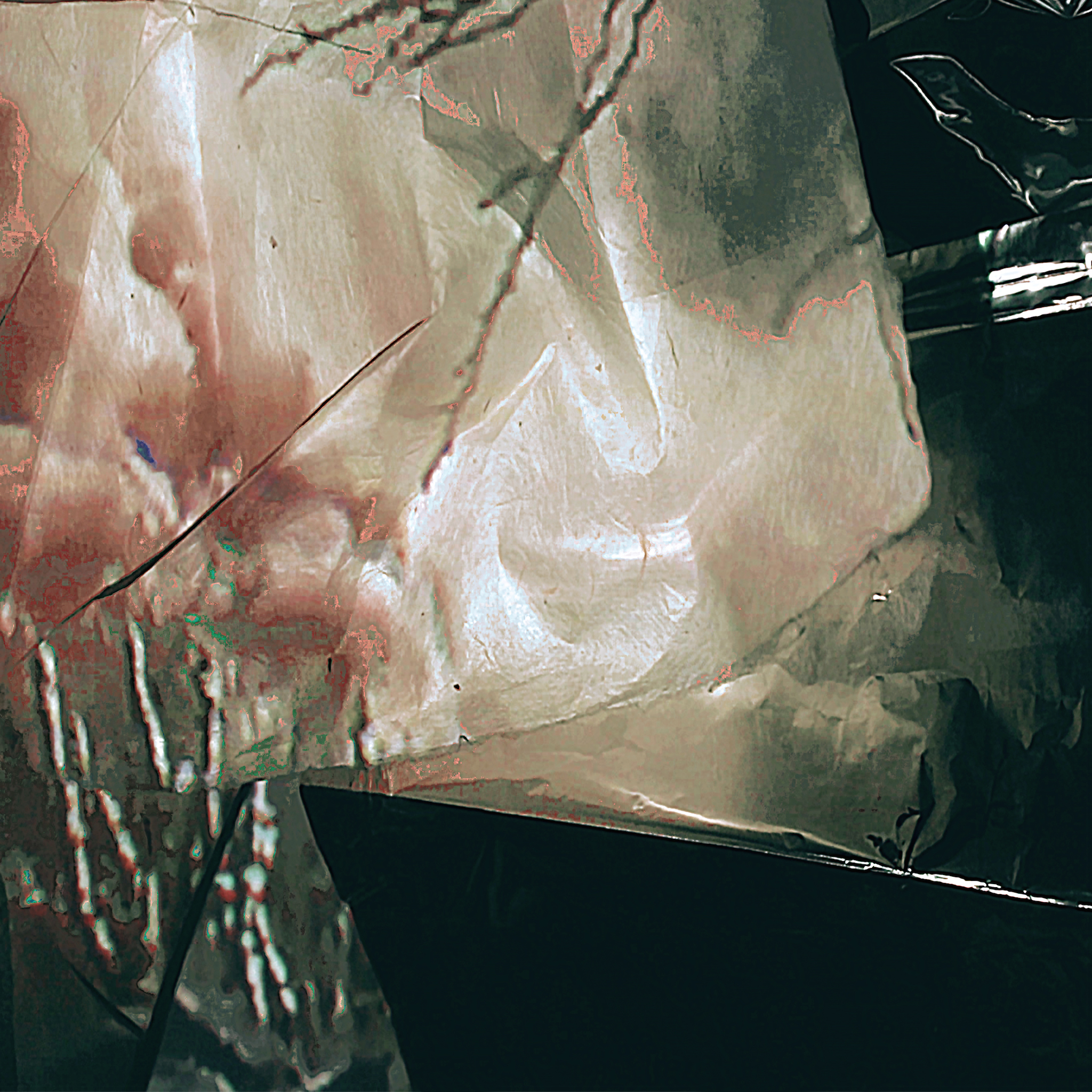you can download on Bandcamp
Alter- Vol. 2 album is the continuation of the Alter- album by Automatisme published earlier in 2020. For the second volume, Pheek joined Automatisme for a collaborative duo under the moniker of Viatorism. The tracks are a work inspired by the writings of art theorist and critic Nicolas Bourriaud on the concept of altermodernism which reflects on the globalization and the saturation of time and space. We apply the concept of altermodernism to the temporality and space of the electronic glitch music to create rhythms and ambiences. The album is also related to Ultrablack music series from the record label Mille Plateaux which experiments with non-representation. Ultrablack follows the Clicks and cuts series dated from two decades ago. It experiences an in-between and a nameless non-representation in which other temporalities can emerge. We meet there an uncontrollable music.
1- RATE + SCAPE TRACK
The first Alter- volume contains tracks that are either only rhythmic or only ambient. At that point, I wanted to dive deep into each of these concepts, without mixing them. The compositions put in evidence their own character to the rhythm or the ambience. In Alter- Vol. 2, those two elements are present in the same composition. The object here is a sound modeling based on the sound rhythm that is like a terrain topography with complex and abstract resolution. Many perspectives are noticeable. For Bourriaud, our relationship to time is the most complex in history1. In my opinion, due to the accumulation of history and of temporal layers constructed like an archipelago, the artist can use the topology and rhythm to capture that trace of the multi-temporal universe. Alter- Vol. 1 & 2 are attempts to make apparent another (alter) sound space.
2. NON-REPRESENTATION
The non-representation is an important theme of the Ultrablack music. The alien or unnatural facet of Ultrablack art is used there to generate another material in the electronic music landscape. The philosopher and teacher Frédéric Neyrat has an explanation of the concept in the Ultrablack Of Music book : ”The most successful way for electronic music to catch the world’s alienness is when reinventing the relation between materiality and the immaterial, the concrete and the abstract, and also between the terrestrial and the extra-terrestrial dimension, what sounds to be here and what seems to be there”2. For Alter- tracks, the non-representation is a way to think and to develop a sound synthesis of audio rhythms layers that are abstract and complex. The dense software programming causes the computer to interpret the same archipelago of signals slightly differently each time it is performed or exported.
3. SEMI-GENERATIVE MUSIC
The generative scores in music production software are made with tools that use probabilities to generate sound events; notes, modulations and rhythms. That makes the result open and unstable, therefore, difficult for computers to calculate. We have to export, listen, reprogram and repeat that process until the result suits us. The software exportation of that kind of music is always a challenge because the random data makes the music hermetic and unintelligible. For Alter- tracks, the programming has only a few random elements to keep the result clear and manageable/understandable while being complex and varied. In my opinion, the strength of generative music is that it allows a collaboration between human and machine that oscillates between symbiosis and surprise. Computers are exceedingly powerful and have the capacity to calculate complex music. Partly autonomously generated music makes a semi-generative result and this alive music is situated in the non-representation because we cannot catch it and hear a definitive version. Semi-generative means that it is in the grey area between pre-determined sheet/midi clip music and entirely random sound. Ultrablack music is made of multiple post-production step to create the non-representative sound synthesis. Myself and Pheek made post-productions to the Alter- Vol. 2 tracks. First off, I revisited and expanded system patches and sent the new audio versions to Pheek that afterwards made new interpretations by a reshape of the sound with dub techno techniques.
We find the “viatorisation” in the altermodern themes. Viator is from the Latin for travel or traveller. Alter- Vol. 2 is a dynamic structure that manifests sound productions that never finishes. The tracks have multiple versions. Bourriaud says that “viotatorisation” creates clusters of thought and production, or points on a continuous line and artists show their navigation between the signs, often almost in the form of hypertext – one sign points to another, which in turn leads to another and so on3. Ultrablack music is a form of viatorisation applied to electronic music. It exists in the form of a network where sound is displaced, “viatorised” in circuits, and the work of art presents itself in the form of this dynamic system4.
1. Nicolas Bourriaud, Formes et Trajets Tome 1 : Hétérochronies, Europe, JRP, Ringier & Les Presses du Réel, 2018, p. 19-29.
2. Various, Ultrablack Of Music, Europe, Mille Plateaux/NON, 2020, p.18.
3. Nicolas Bourriaud, Altermodern: Tate Triennial, Europe, Tate Publishing, 2009, p. 22.
4. Ibid.
CREDITS
Music composed, mixed and produced by William Jourdain and Jean-Patrice Rémillard
Artwork by Marilou Lyonnais Archambault
Mastering by Pheek
Text by William Jourdain

